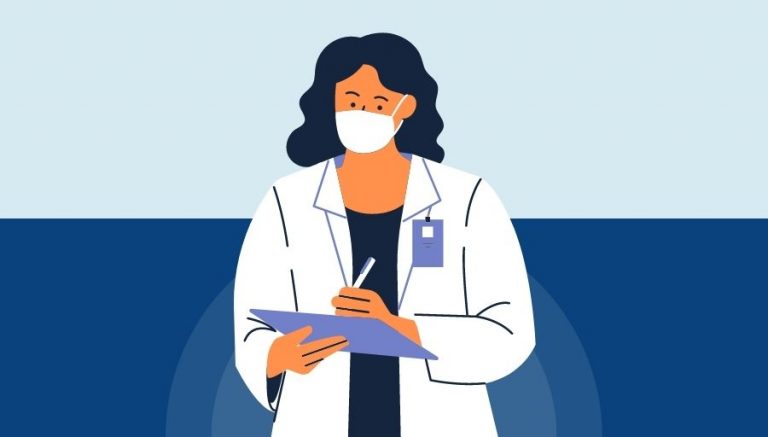How To Use CPT Code 88104
CPT 88104 describes the process of analyzing cytopathology fluids, washings, or brushings, excluding cervical or vaginal fluid, through the preparation of smears and interpretation of the findings. This article will cover the official description, procedure, qualifying circumstances, appropriate usage, documentation requirements, billing guidelines, historical information, similar codes and billing examples.
1. What is CPT Code 88104?
CPT 88104 can be used to describe the analysis of cytopathology fluids, washings, or brushings, excluding cervical or vaginal fluid. This code involves the preparation of smears and the interpretation of the cellular changes observed in the specimens. Cytopathology is the study of cellular changes in disease states, such as cancer, infection, or inflammation.
2. Official Description
The official description of CPT code 88104 is: ‘Cytopathology, fluids, washings or brushings, except cervical or vaginal; smears with interpretation.’
3. Procedure
- A pathologist or a specialized medical physician receives a liquid specimen, such as bronchial washings or brushings, cerebrospinal fluid, or pericardial fluid.
- A small amount of the specimen is placed on a microscope slide and treated with a chemical or air-dried to hold the sample on the slide.
- The slide is typically stained to enhance cellular features.
- The pathologist or medical physician examines the slide under a microscope and interprets the cellular changes observed.
- An interpretation of the observations is provided, along with suggestions for possible disease processes or recommendations for follow-up tests.
4. Qualifying circumstances
CPT 88104 is used for the analysis of cytopathology fluids, washings, or brushings, excluding cervical or vaginal fluid. The procedure is typically performed by a pathologist or a specialized medical physician. The code does not apply to cervical or vaginal fluids. It is important to note that the code is not limited to testing for a specific condition and can be ordered when turbid or cloudy specimens, such as thick sputum, indicate a high concentration of cells that are best visualized with an unconcentrated smear.
5. When to use CPT code 88104
CPT code 88104 should be used when analyzing cytopathology fluids, washings, or brushings, excluding cervical or vaginal fluid, through the preparation of smears and interpretation of the findings. It is important to ensure that the code is not used for cervical or vaginal fluids, as there are specific codes for those types of specimens.
6. Documentation requirements
To support a claim for CPT 88104, the following documentation is required:
- Details of the specimen received
- Description of the preparation of smears
- Explanation of the staining process
- Microscopic examination findings and interpretation
- Recommendations for further testing or follow-up
7. Billing guidelines
When billing for CPT 88104, ensure that the analysis of cytopathology fluids, washings, or brushings, excluding cervical or vaginal fluid, is performed by a pathologist or specialized medical physician. It is important to follow any coding edits or guidelines provided by payers regarding the reporting of this code. If both direct and concentrated smears are evaluated, both CPT codes 88104 and 88108 should be reported, with the appropriate modifier if necessary.
8. Historical information
CPT 88104 was added to the Current Procedural Terminology system on January 1, 1990. There have been no updates to the code since its addition.
9. Examples
- A pathologist analyzing bronchial washings from a patient with suspected lung cancer, preparing smears, and interpreting the cellular changes observed.
- A specialized medical physician examining cerebrospinal fluid for signs of infection, preparing smears, and providing an interpretation of the findings.
- A pathologist analyzing pericardial fluid obtained during a diagnostic procedure, preparing smears, and suggesting possible disease processes based on the cellular changes observed.
- A specialized medical physician examining fluid obtained from a suspicious lesion, preparing smears, and recommending further testing or follow-up based on the interpretation of the cellular changes.
- A pathologist analyzing pleural fluid for signs of inflammation, preparing smears, and providing an interpretation of the cellular changes observed.
- A specialized medical physician examining ascitic fluid for signs of malignancy, preparing smears, and suggesting possible disease processes based on the cellular changes observed.
- A pathologist analyzing synovial fluid for signs of infection or inflammation, preparing smears, and recommending further testing or follow-up based on the interpretation of the cellular changes.
- A specialized medical physician examining peritoneal fluid for signs of malignancy, preparing smears, and providing an interpretation of the cellular changes observed.
- A pathologist analyzing pleural fluid obtained during a thoracentesis, preparing smears, and suggesting possible disease processes based on the cellular changes observed.
- A specialized medical physician examining pericardial fluid for signs of infection or inflammation, preparing smears, and recommending further testing or follow-up based on the interpretation of the cellular changes.


